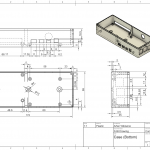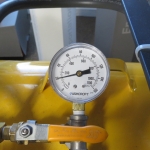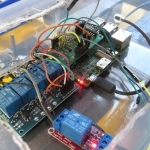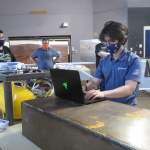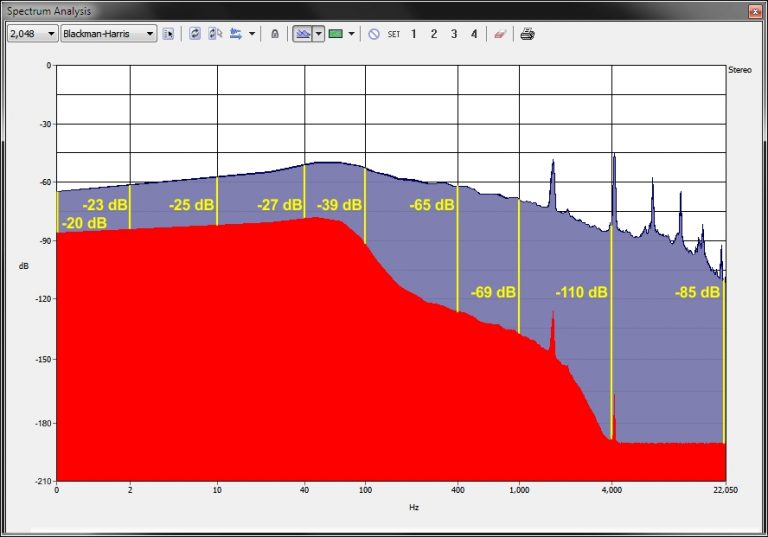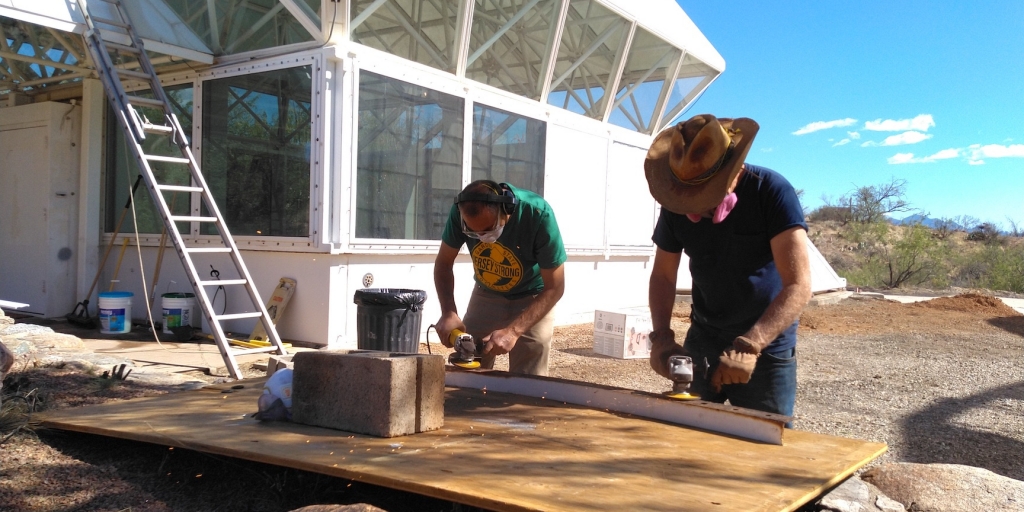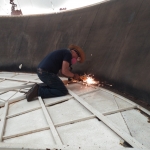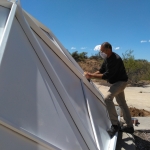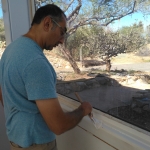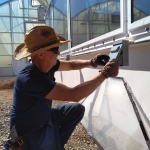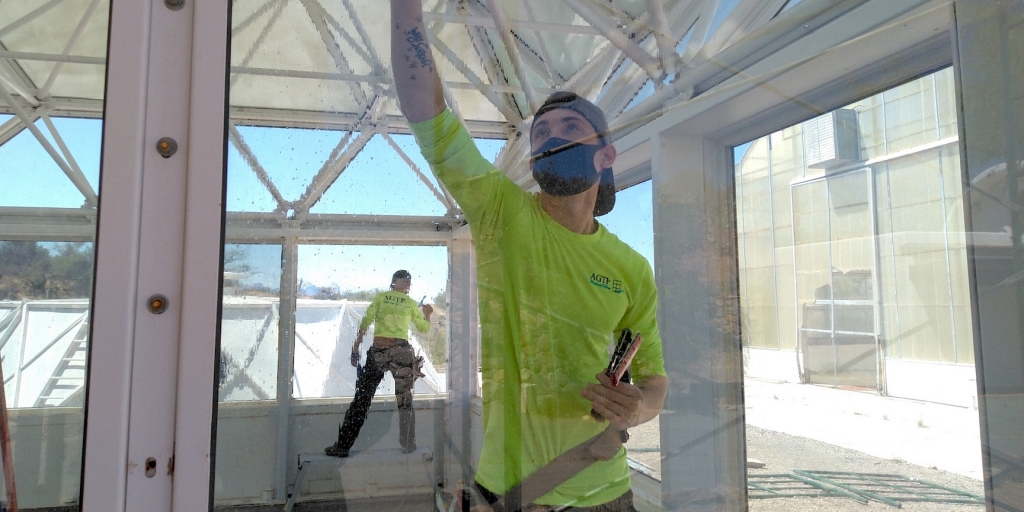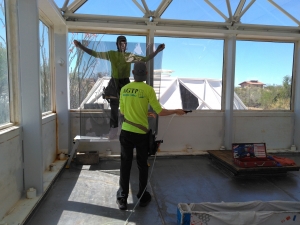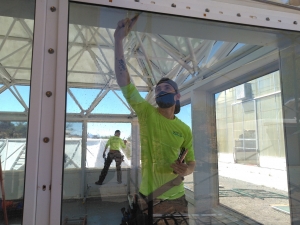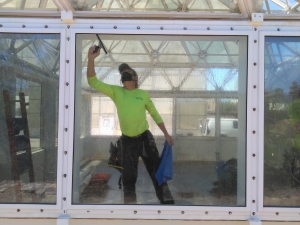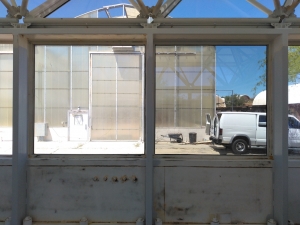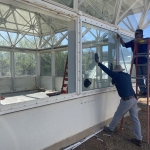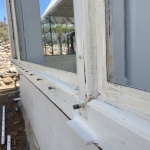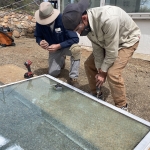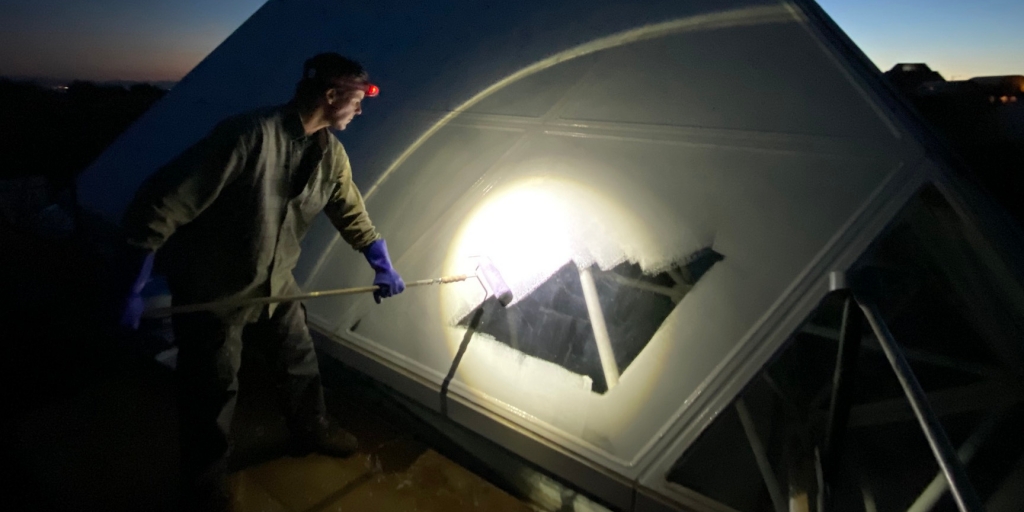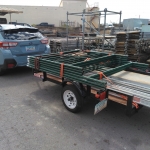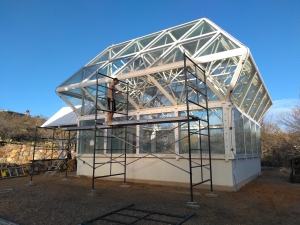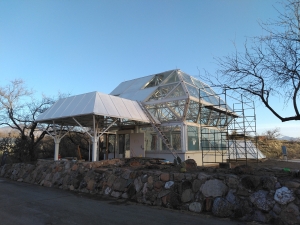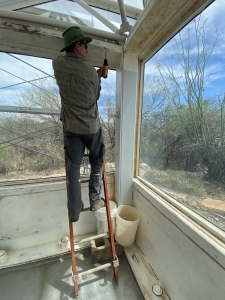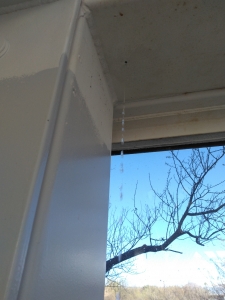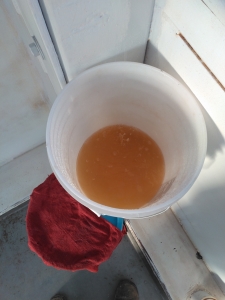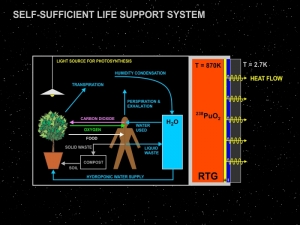UA Engineering Capstone team completes Automated Pressure Regulation System
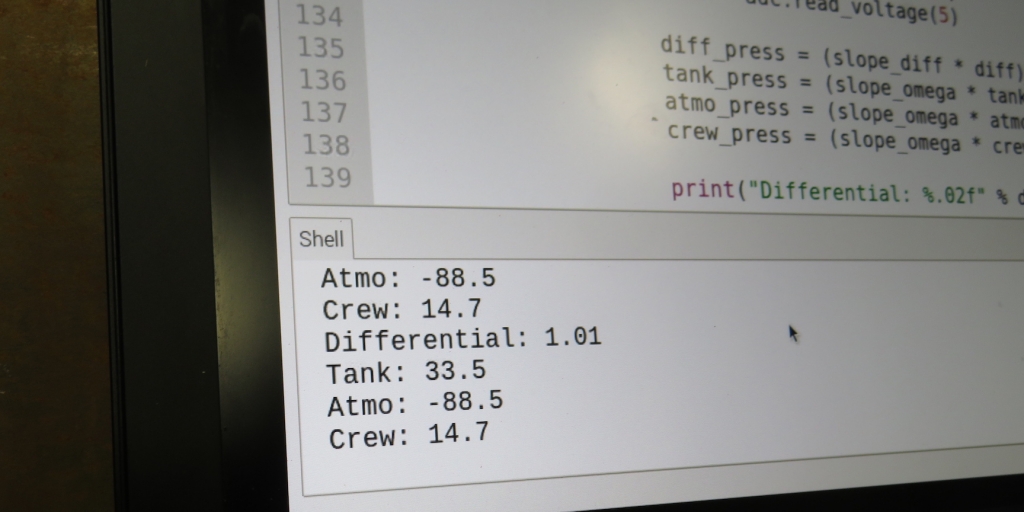
In the fall of 2020 Biosphere 2 Deputy Director John Adams and SAM Director Kai Staats engaged a University of Arizona Engineering 498 Capstone team to design and fabricate a working prototype of an automated pressure regulation system for the inhabitant living space, adjacent to and principally atmosphere separated from the Test Module.
Team 21066 was highly successful in their design and prototype, demonstrating a working model mid May 2021. Once the 1200 sq-ft crew living space is built, a full-scale version will be built.
Core to the design is the ability to:
- Maintain a constant internal pressure greater than the external ambient pressure.
- Compensate for a low internal pressure by drawing from the reserve tank.
- Compensate for over-pressurization by drawing air from the internal space into the reserve tank.
- Be able to release a large volume of air quickly, in the case of a vessel breach.
The year-end product demonstration video is available here.
You can meet the team members Ahmed, James, Meghan, Nathan, Coby, Gustavo, and Arfan at our Development Team page.


